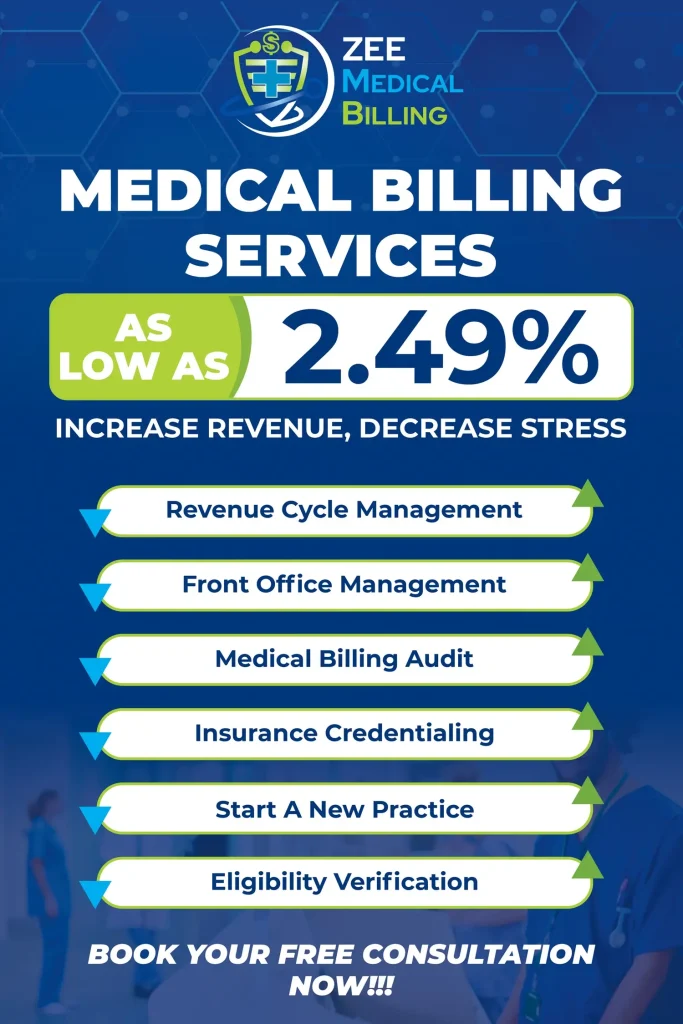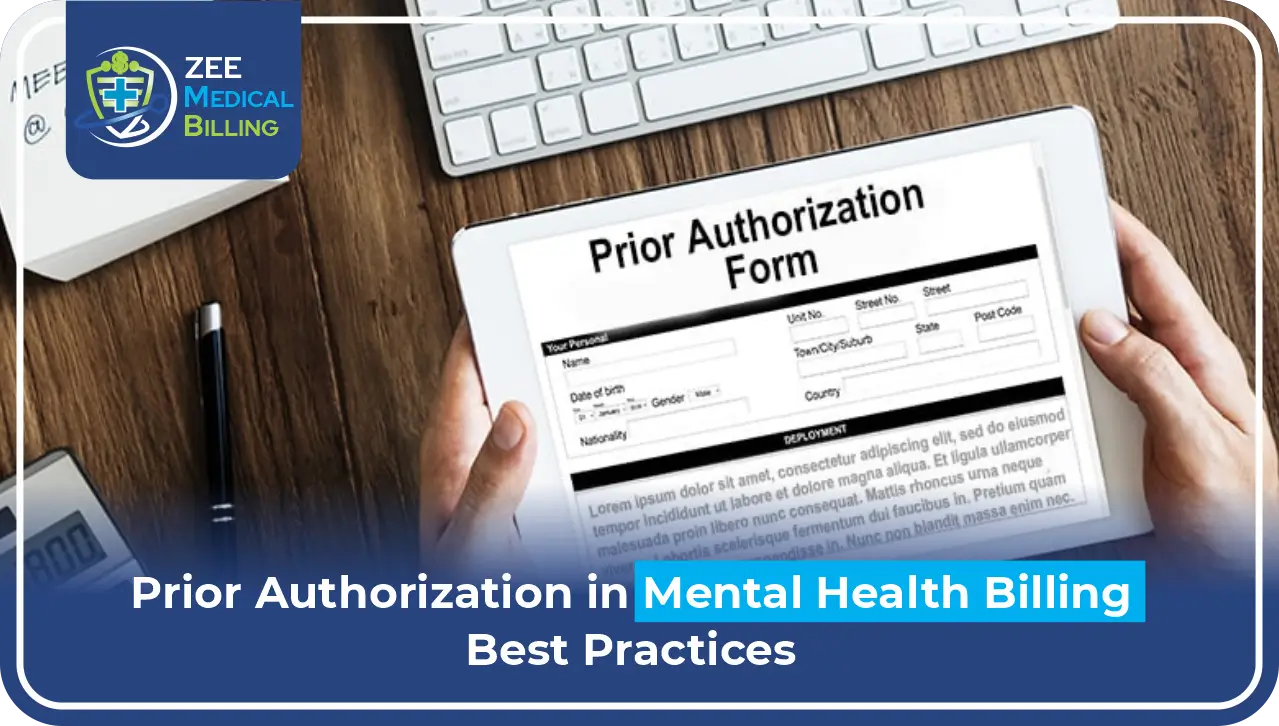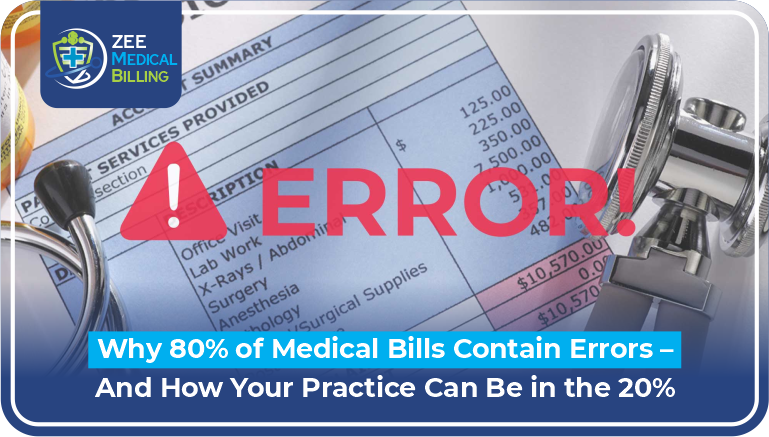When it comes to outpatient therapy billing, one of the most essential rules to understand is the 8 Minute Rule. Whether you’re a provider, therapist, or administrative professional, understanding this billing rule is key to receiving accurate reimbursement from Medicare.
In this article, we’ll explain the 8-Minute Rule, how it applies to therapy sessions—particularly physical therapy (PT)—and what you need to know to stay compliant and get paid for the time you spend delivering care.
What Is the 8 Minute Rule?
The 8 Minute Rule is a billing guideline established by Medicare to determine how many therapy units can be billed based on the time spent with a patient. It applies to time-based CPT codes in outpatient therapy services, including physical therapy, occupational therapy, and speech-language pathology.
Simply put, you must provide at least 8 minutes of a time-based service to bill for one unit. If you don’t hit the 8-minute mark, that unit cannot be billed to Medicare.
This Rule ensures that therapists are fairly reimbursed for their time with patients while preventing billing for unreasonably short sessions.
Read More: Best Sleep Medicine Billing Tips for Your Practice
Who Uses the 8 Min Rule?
The 8 min rule Medicare guideline is mandatory for:
- Physical Therapists (PTs)
- Occupational Therapists (OTs)
- Speech-Language Pathologists (SLPs)
- Outpatient therapy providers billing under Medicare Part B
This Rule also applies when billing to Medicare Advantage plans and some commercial insurers who follow CMS guidelines.
Time-Based vs. Service-Based CPT Codes
To understand the 8 min rule billing, you must first know the difference between time-based and service-based CPT codes:
| Code Type | Description | Billing Rule |
| Time-Based | Billed per time increments (typically 15 mins) | Use 8 Minute Rule |
| Service-Based | Billed once regardless of time spent | Do not use 8 Minute Rule |
Examples of Time-Based Codes:
- 97110 – Therapeutic Exercise
- 97112 – Neuromuscular Reeducation
- 97530 – Therapeutic Activities
Examples of Service-Based Codes:
- 97001 – PT Evaluation
- 97002 – PT Re-evaluation
How the 8 Minute Rule Works?
Let’s say you’re a physical therapist and you perform multiple time-based procedures in a single session. You must add up the total time spent on all time-based codes to determine the number of units you can bill.
8 Minute Rule Chart (For Total Time)
Use the table below to determine how many units you can bill:
| Total Time Spent (Minutes) | Billable Units |
| 8–22 | 1 |
| 23–37 | 2 |
| 38–52 | 3 |
| 53–67 | 4 |
| 68–82 | 5 |
| 83–97 | 6 |
This chart is the foundation of 8 min rule pt billing and should guide all time-based CPT code claims.
Example Scenario: Applying the 8 Min Rule for Therapy
Let’s break it down with an example:
- 97110 – Therapeutic Exercise – 20 minutes
- 97530 – Therapeutic Activity – 15 minutes
Total Time = 35 minutes
According to the 8 min rule chart, 35 minutes allows you to bill 2 units.
To assign units fairly:
- The first unit goes to the code with the greater time: 97110 (20 mins)
- The second unit goes to 97530 (15 mins)
This ensures your billing accurately reflects the time spent on each therapy type.
Rules to Keep in Mind
When applying the 8 min rule for physical therapy or any therapy discipline, here are a few important reminders:
- You cannot bill for less than 8 minutes of a time-based code.
- Only direct, face-to-face time counts toward total billable minutes.
- Documentation should clearly reflect the exact time spent on each procedure.
- You may combine the time of multiple time-based codes to meet the threshold for billing multiple units.
Read More: Expert Tips to Improve Physical Therapy Billing Success
8 Minute Rule vs. Substantial Portion Rule
Medicare follows the 8 min therapy rule, but other payers may follow a substantial portion rule, which requires the therapist to provide a substantial portion of the time (typically 50%) of a code’s time block to bill a unit.
Understanding payer-specific guidelines is essential when working with both Medicare and commercial insurance providers.
Why the 8 Min Rule Matters for Your Revenue?
The 8 min billing rule directly affects your clinic’s reimbursement and compliance. Failing to follow it can result in:
- Denied claims
- Reduced revenue
- Audits or penalties from Medicare
Staying compliant with 8 min rule billing helps ensure therapists are fairly paid and minimizes billing errors.
Frequently Asked Questions
1. What is the 8 min rule in therapy billing?
It’s a Medicare rule requiring a minimum of 8 minutes of a time-based service before billing one unit.
2. How does the 8 min rule apply to physical therapy?
To bill a unit, therapists must provide at least 8 minutes of direct, face-to-face treatment. Time from multiple CPT codes can be combined.
3. Can I bill more than one unit using the 8 min rule?
Yes. Depending on the total time spent using the standard 8-minute rule chart, you can bill multiple units.
4. Do I need to use the 8 min rule with commercial insurance?
Many commercial insurers follow Medicare’s billing practices but always verify with the payer.
5. How do I avoid errors in 8 min rule billing?
Ensure accurate time tracking, thorough documentation, and proper unit assignment. Using billing specialists can also help reduce errors.
Conclusion
The 8 min rule is a cornerstone of outpatient therapy billing under Medicare. It helps ensure that providers are fairly reimbursed for their time while promoting transparency and accuracy in claim submission.
Whether you’re a PT, OT, or SLP, staying compliant with the 8 min rule for therapy is critical to your clinic’s financial health. If your clinic is ready for better billing outcomes, Zee Medical Billing is prepared to help.
Need Expert Medical Billing Services?
Zee Medical Billing provides professional billing solutions tailored to healthcare providers across the United States. In addition to offering top-tier support from our main office, we proudly serve clients in Illinois, Indiana, California, Kentucky, New York, Washington, Georgia, Alabama, South Carolina, Texas, Pennsylvania, Ohio, New Hampshire, Nevada, Massachusetts, Hawaii, Arizona, and Colorado! Whether you’re looking to streamline your revenue cycle or improve claims accuracy, you can reach out to us to learn more about how we can support your practice.









